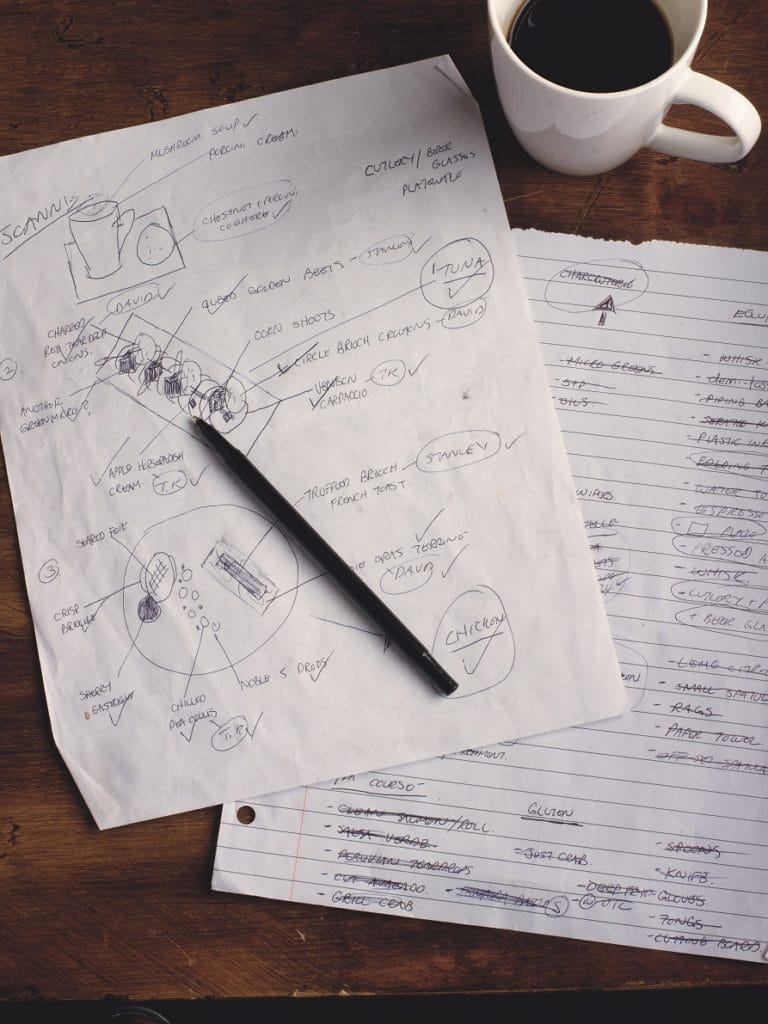The Newsroom
Excerpt: How to Plan a Menu from “The Dirty Apron Cookbook”
How to plan a menu by David Robertson
Menu planning is one of the most exciting jobs for a chef. It’s the chance to put our creativity to the test, to challenge ourselves to go beyond our cooking routines. We have a regular customer at Dirty Apron Catering who orders a menu for a large group of people each month that is based on different countries. We’ve put together Moroccan, Japanese, Greek, Belgian menus for them. I’m not sure if they spin the globe to figure out what menu they want next, but I just know that they’re having a lot of fun with it. It’s a lot of fun for me to plan, too.
At home, you usually plan a three-course menu, but it’s not unusual for professional chefs to plan up to ten or twelve courses. There is an art to menu planning, because you have to balance portion sizes as well as flavours. Pretend you’re the guest and imagine what the meal experience will be like as you are served each course. That’s the best way to pull off a successful menu.
Here are some tips:
• Write your menu down. It’s always easier to see the flavours in each dish when you write out each course and the ingredients.
• Think about what food you want to showcase, keeping the season and freshness in mind. If it’s spot prawn season, for example, let that be your inspiration. Make the prawns the star of the main course.
• Start with something light as an appetizer course, especially if your main is going to be rich. In the winter, I usually do a warm starter, such as a soup, and in summer, a cold dish, such as a salad or ceviche.
• Be keenly aware of strong flavours and use them judiciously. Nobody wants truffle oil drizzled over everything.
• Don’t be redundant. You might love lemon, but it shouldn’t be showcased in every course.
• It’s not a hard-and-fast rule, but try to stick to themes when planning your menu. For example, I would never do an Italian meal and finish with a green tea crème brûlée. I would finish with an Italian panna cotta. Your menu should make sense.
• Balance the richness between dishes. If you served a main dish rich in butter and cream, for example, finish with a sorbet or other light dessert. And if you served a nice light fish main, then go for a decadent chocolate dessert.
• Do not overwhelm your guests with huge portions. I’ve eaten my way through twelve-course tasting menus that were so incredibly well thought out, I wasn’t left horribly full. I’ve also experienced the opposite—where I couldn’t look at another dish because I was already so full by the tenth course.
• Don’t take a big risk and attempt an elaborate new dish for your big dinner party. Cook with confidence. You’ll have more fun that way.
The Dirty Apron Cookbook by David Robertson is available now. Check out our News & Events page for several recipes from this cookbook!
